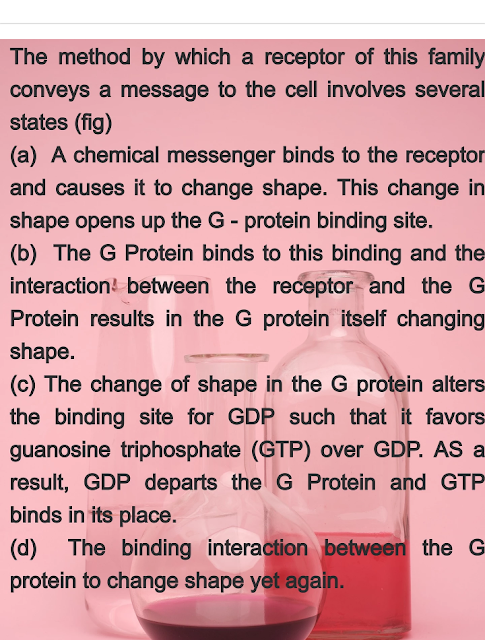Receptor - Receptor Families || Pharma Easy Notes || @Pharmacy
Classification
All membrane-bound receptors belong to one of the three following systems families based on their structure and function. (LGKI)
- Ligand-gated ion channels
- G - Protein-coupled receptor
- Kinase-linked receptors
- Intracellular receptors
1. Ligand-gated ion channels
- Ion channels are protein complexes that traverse the cell membrane and form a tunnel through it.
- The function of an ion channel is - to allow the flow of ions across the cell membrane and there are specific ion channels for sodium, Potassium, Calcium, and chloride ions.
- Without ion tunnels, ions could not cross the fatty cell since many enzyme-catalyzed reactions are dependent on ionic concentration.
The signal to open the ion channel comes from the chemical messenger which binds to the receptors and causes it to change shape which travels through the entire ion channel.
The proteins making up the ion channel are normally positioned such that they seal the ion channel position, but once the messenger binds to the receptor the proteins alter their positions relative to each other resulting in the channel opening up.
Ions can then flow through the channel.
once the chemical messenger leaves the receptor, the receptor, and the ion channel reform their original shapes and blocks off the flow of ions.
Such receptors are called ligand-gated ion channel receptors because the trigger for the process is a chemical messenger (ligand) and the effect is to open up the gate sealing the ion channel.
2. G - Protein-Coupled receptors
- The receptor conveys a signal to the cell via a signaling protein called a G protein.
- The G-Protein coupled receptor traverses the cell membrane with the binding for the chemical messenger on the extracellular portion of the receptor.
- However, there is a second binding site on the intracellular portion of the receptor which is specific for the G Protein.
- This binding site is closed when the receptor is in the resting state.
- The G Protein made up of 3 subunits (α, β, & γ) and is free to move through the cell membrane.
- It also has a binding site that binds a nucleotide called guanosine diphosphate (GDP)
- This destabilizes the structure such that the α-subunit (along with GTP) splits off from the β & γ subunits. The α- subunit end the β,γ-dimer now leaves the receptor
- The receptor can now bind another G Protein and so the process repeats itself for as long as the chemical messenger is bound to the receptor.
- This means that one chemical messenger can trigger the fragmentation of several G proteins.
3. Tyrosine kinase - linked receptors
- Tyrosine kinase- linked receptor can be viewed as a receptor and enzyme rolled into one
The receptor protein traverses the cell membrane and has an extracellular region that acts as the receptor and has a binding site waiting to receive its chemical messenger.
The intracellular region acts as a tyrosine kinase enzyme and has an active site that is closed when the receptor is in the resting state.
4. Intracellular receptors
- Not all receptors are membrane-bound. There are a group of receptors that exist within the cell which interact with chemical messengers such as steroids thyroid hormones and retinoid.
- The chemical messengers involved have to be sufficiently hydrophobic in order to cross the cell membrane to reach their target receptors.







Comments
Post a Comment